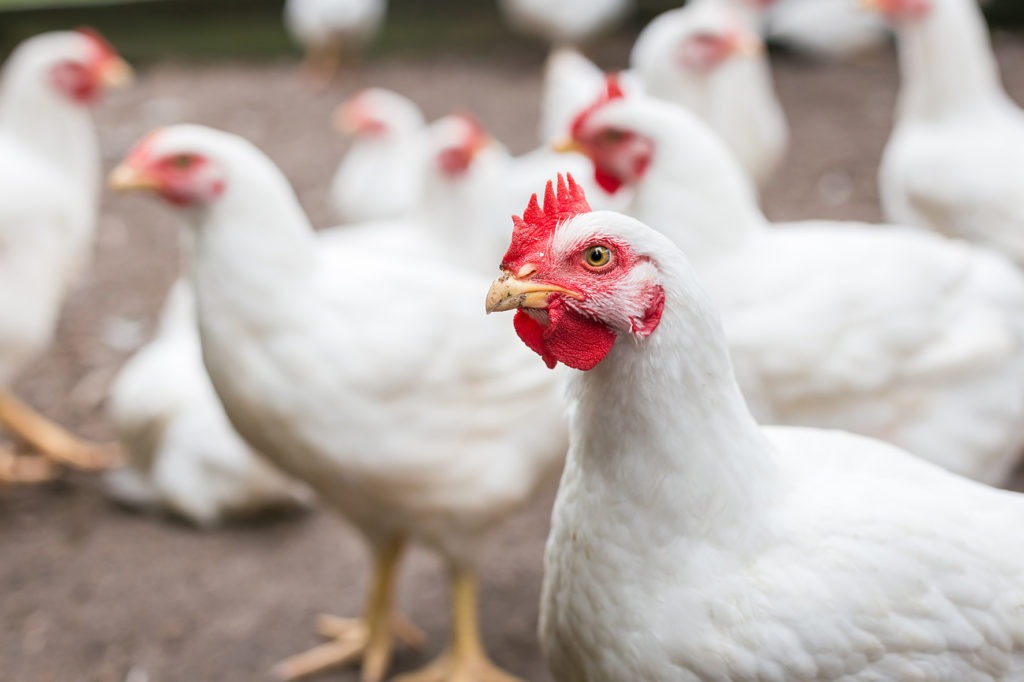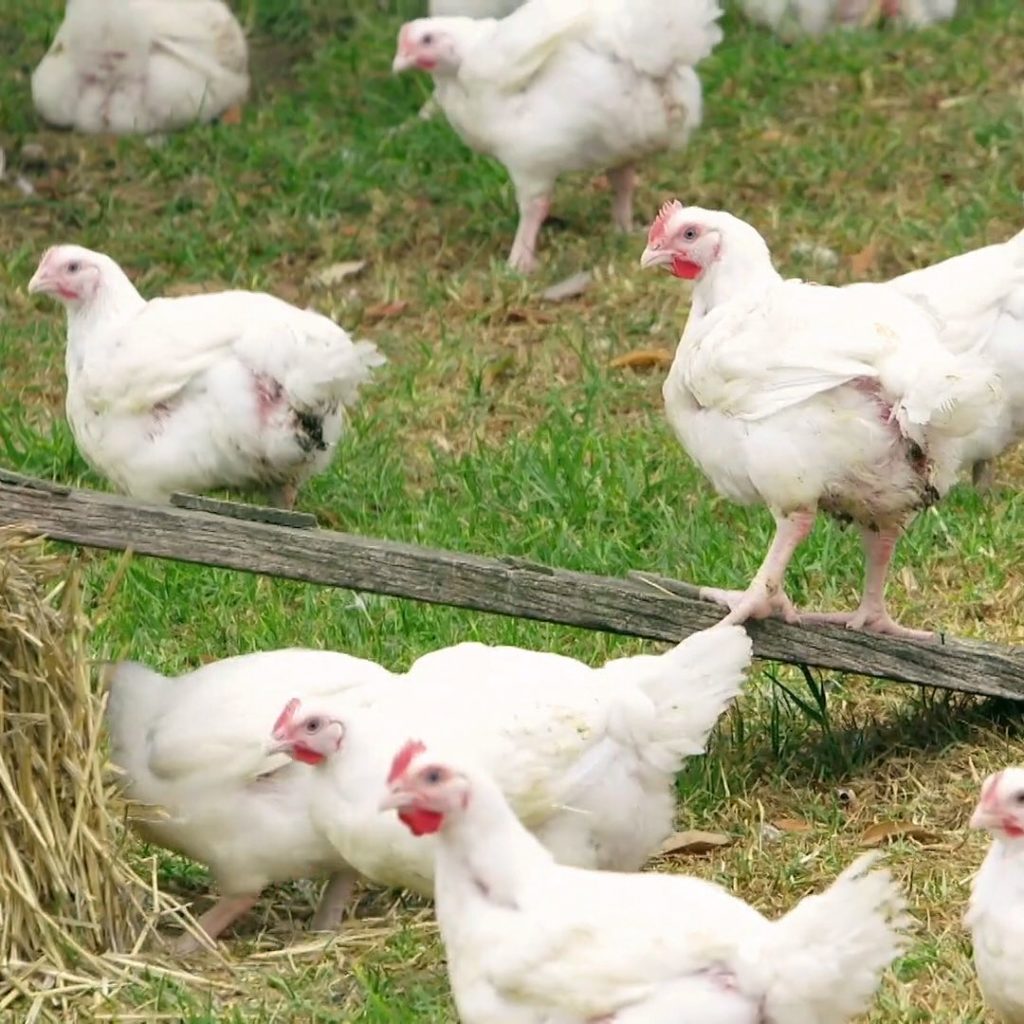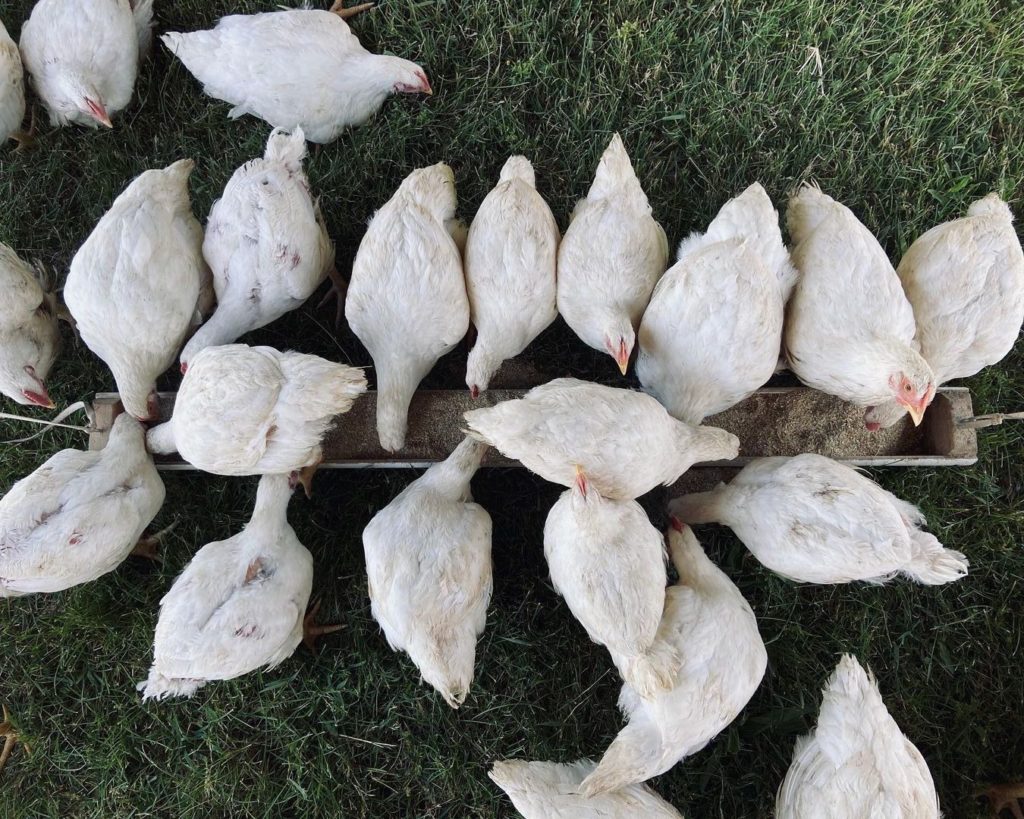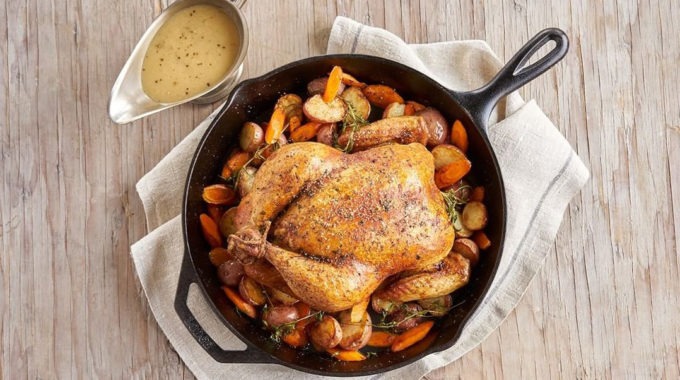Chicken meat: plucking fact from fiction
The data is in: chicken meat consumption is on the rise again. Recently updated statistics from the Australian Bureau of Agricultural and Resource Economics and Sciences (ABARES) have revealed that chicken has further improved its position as our favourite meat.
In 2020-21, ABARES forecasts that Australians will consume around 46.4 kg per person, rising to 46.9 kg in 2021-22. That’s a whopping 46 percent of all meat (excluding fish and seafood) consumed in Australia. Prior to 1960, we were eating only 5kg per person a year.
New research funded by AgriFutures Australia shows that more than two-thirds of Australian households serve chicken at least twice a week. The research also showed that consumers are drawn to chicken because of its convenience, affordability and versatility.

Rumours come home to roost
While the popularity of chicken remains strong, so do some long-held myths and misconceptions about Australia’s chicken meat industry. In fact, the same research from AgriFutures tells us that some of these beliefs haven’t shifted in the last decade.
1. 40% of consumers believe that hormones and steroids can be used in meat chickens.
2. Around 12% of survey respondents said that antibiotics are used to increase the growth rate of meat chickens. This is despite the introduction of an industry-wide policy 15 years ago of no use of antibiotics for growth promotion.
3. 59% of consumers are not sure if chickens produced overseas are sold in Australia.
4. Only 18% of consumers surveyed believe that meat chickens are raised without cages.

Your questions answered
Lead researcher Professor Wendy Umberger, Executive Director of the Centre for Global Food and Resources at the University of Adelaide, says that it’s interesting to see that such misperceptions still exist after such a long period of time.
“While it’s concerning that these myths still exist, our research found consumers are generally satisfied with the quality and safety of chicken meat.”
Chicken has the lowest environmental footprint of all meats. It’s also the least expensive form of meat protein. More than 99 percent of chicken meat sold in Australia is born, bred and raised here. This means it’s a better choice for you, your wallet and the environment.
It’s time to address some of the misconceptions surrounding chicken. The Australian Chicken Meat Federation has answered a few of the more common consumer questions.

Are chickens fed hormones in Australia?
No. Australian chickens are not given hormones in any way and haven’t for more than 60 years. Their size occurs naturally due to selective breeding and nutrition.
How are antibiotics used in Australian chicken farming?
The chicken industry has a responsibility to maintain the health and welfare of the chickens in its care. Sometimes, where other health management strategies have failed, it may become necessary to administer antibiotics to treat or prevent disease in flocks. However, all chicken health programs are under veterinary supervision. Only antibiotics approved by Australia’s regulatory authorities are used. If used, they must be administered in accordance with strict guidelines so that they do not leave unsafe residues. All major chicken companies in Australia have adopted antimicrobial stewardship programs. This ensures that any use of medications adheres to the key principles of responsible use.

Which country does my chicken meat come from?
Almost all (more than 99%) chicken meat consumed in Australia is grown in Australia. To protect local chicken flocks from disease, raw chicken meat can only be imported under strict protocols. Poultry producers in other countries have been unable to meet these. Some cooked chicken meat is imported from New Zealand. There is also a small amount of “retorted” or “cooked in can” cooked chicken meat imported. This is as an ingredient to processed food (eg, canned chicken, soups or animal food). However, it can only be imported if it’s been cooked at high temperatures and in accordance with strict protocols.
Are meat chickens reared in cages?
No. In Australia, meat chickens are never reared in cages. All commercial meat chickens in Australia are grown on the floor of large sheds or barns, which is covered with a bedding material like wood shaving, rice hulls or chopped straw. Some chickens also have access to an outdoor range. The chicken meat industry is completely separate from the egg industry, and the way the birds are housed is completely different.
If you’d like to know more about how chicken meat is produced in Australia, head to facts.chicken.org.au









